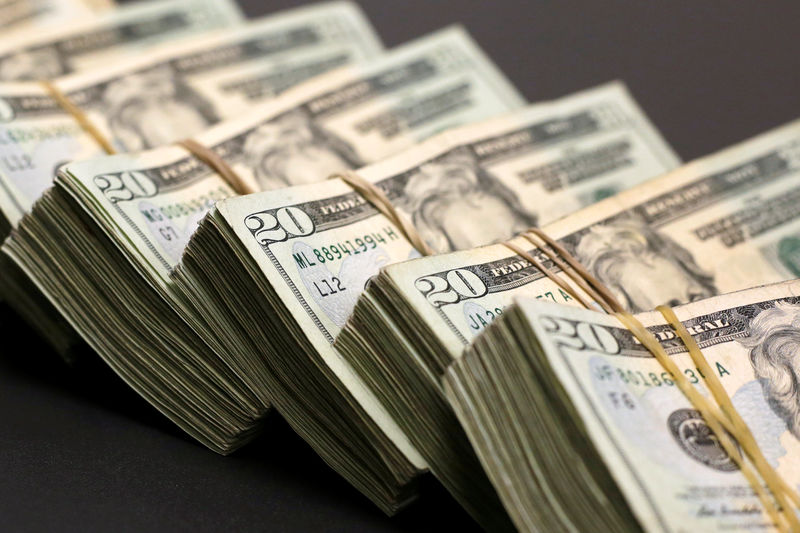By Peter Nurse
Investing.com - The dollar traded largely unchanged Wednesday at elevated levels, braced for the Federal Reserve's policy decisions and forward guidance later.
At 2:55 AM ET (0755 GMT), the Dollar Index, which tracks the greenback against a basket of six other currencies, traded marginally lower at 94.055, but not far removed from a near 3-week high of 94.313.
Additionally, EUR/USD rose 0.1% to 1.1587, marginally above the year’s low of 1.1522, while USD/JPY fell 0.1% to 113.89, below the 2021 peak of 114.69.
The Fed is widely expected to announce a tapering of its current $120 billion monthly bond-buying program, judging the U.S. economy as being sufficiently recovered from the pandemic hit to cope with a reduction in support.
“The Fed is ready to pull the tapering trigger this Wednesday and we see risks clearly tilted towards a swifter process than anticipated by the consensus,” said analysts at Nordea, in a note.
Potentially of more interest is what the Fed policy makers say about rising prices, with inflation at 30-year highs, and the impact this has on their thinking as to when interest rates should start rising. Officials have said rate hikes won’t be on the table until the bond-buying program ends.
“Our new base case is a hike in June, September and December next year after a tapering process ending in April/May,” Nordea added. Most analysts expect the purchases to be phased out by the end of June.
Elsewhere, GBP/USD rose 0.1% to 1.3626, just above a two-week low, ahead of a Bank of England meeting on Thursday. The central bank could hike its interest rates for the first time in years, with the markets pricing in a modest increase, but the generally weak currency suggests a disappointment is possible. Data released earlier showed house prices continuing to rise above expectations, despite the end of a tax holiday on stamp duty.
USD/PLN traded flat at 3.9763 and EUR/PLN also flat at 4.6044, with Poland’s central bank expected to raise interest rates for a second month as inflation runs at its fastest pace in two decades.
Of 30 economists polled in a Bloomberg survey, 16 expect the benchmark to climb a quarter point to 0.75%, while 13 anticipate a half-point. Only one respondent predicted borrowing costs will remain on hold.
